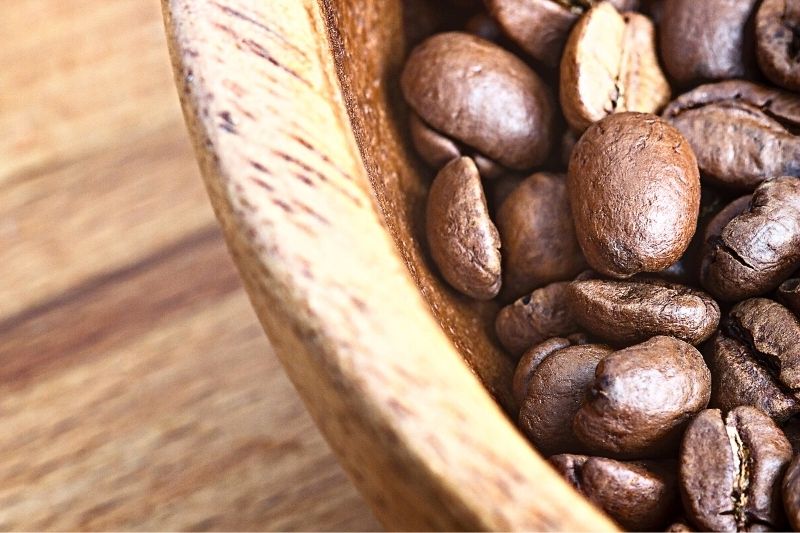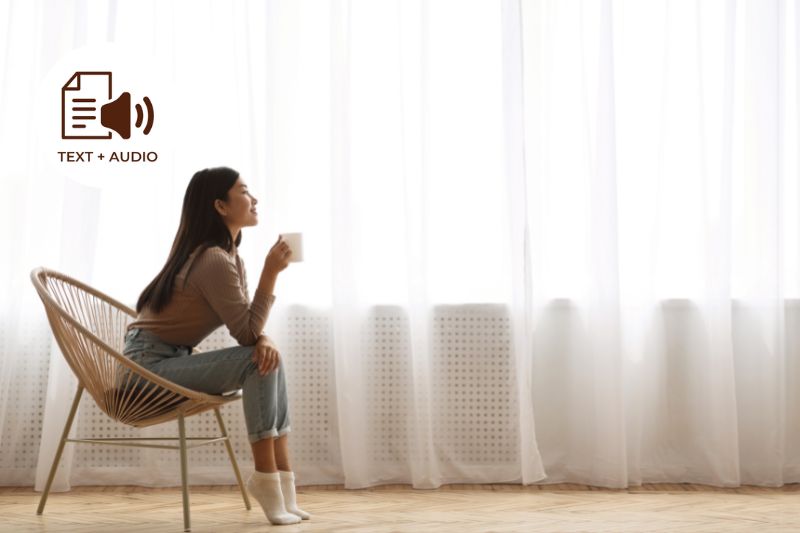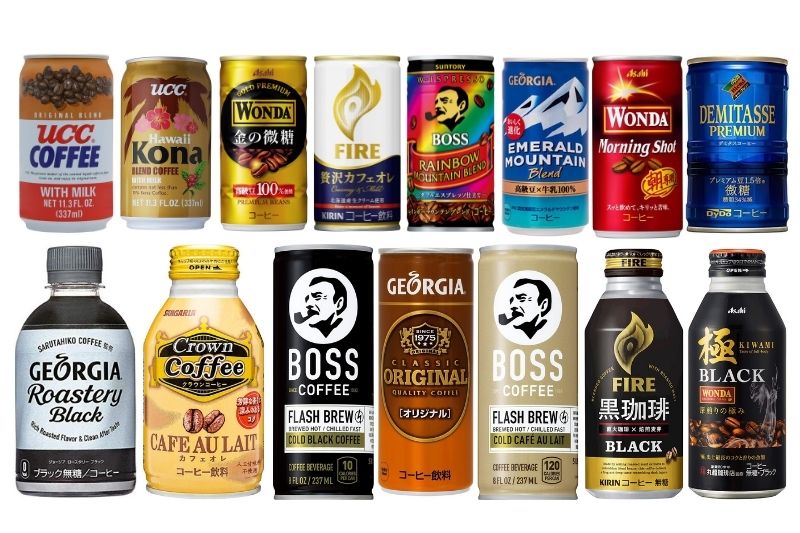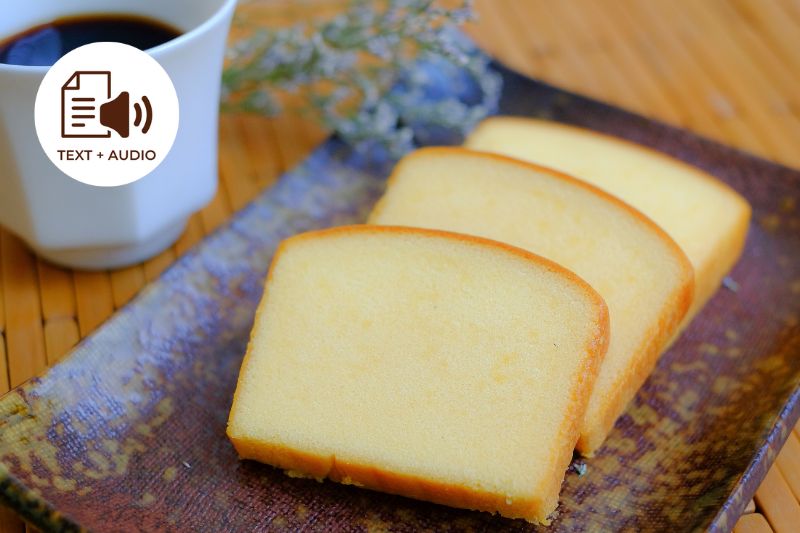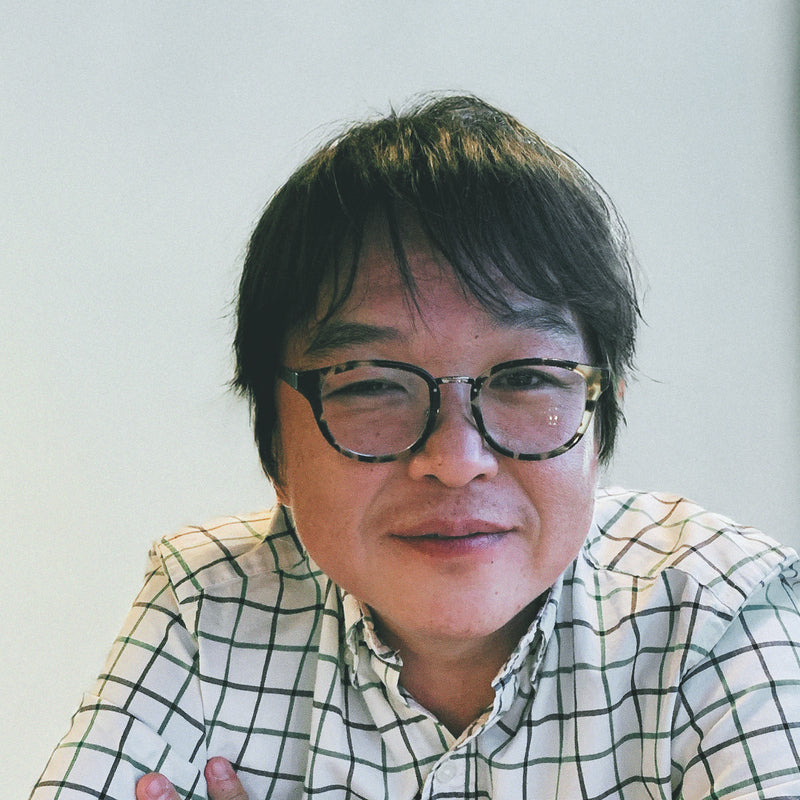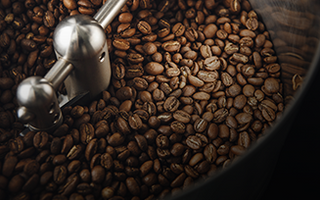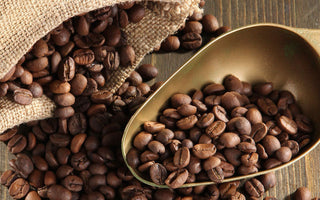The traditional kissaten (喫茶店) is imbibed with a Japanese interior and traditionally a tearoom that serves coffee. Nowadays, kissaten also serves breakfast, luncheon, coffee, sandwiches, and light meals.

Coffee back then was only for the few Privileged
Coffee is grown in an area near the equator (AKA Coffee belt); therefore, other than very exceptional location such as Okinawa, coffee is not grown in Japan.
In history, during Edo Period in the 17th century, Japan isolated itself from the rest of the world. It prohibited any form of importation as well as exportation. However, when the isolation was lifted and the Japan-US Treaty of Amity and Commerce was signed, coffee beans started to be imported into the country around 1858.Only a limited number of privileged people could drink it, and coffee was officially imported around 1878.
Coffee was served at "Oil Painting Teahouse" in the precincts of Sensoji Temple, "Senshu-tei" in Nihonbashi, Tokyo, and "Koukado" in Motomachi, Kobe, which is surprisingly still open as of this day.
It was not just about coffee Anymore, what's on the Menu?
In 1883, civilization was flourishing in Japan, and Rokumeikan was built as a place to be knowledgeable absorb knowledge and exchange culture while drinking coffee". Coffee shops during this period were only for coffee drinking, far away from the coffee shops that we now know where there are cakes and even full meals available, and other drinks as well. Japanese realized that coffee was being drunk even in western restaurants. It was said that the first Japanese coffee shop was in "Kanachakan" in what is now Ueno, Taito-ku Tokyo, which opened in 1888 by diplomat Teeiho during the Meiji period and this is a modern-day complex coffee shop, with entertainment items such as playing cards and billiards, domestic and foreign newspapers and books, and a restroom and shower room.
Unlike the "Rokumeikan" built by the Meiji government for exchanges with foreign countries, the "Kanaruchakan" was born as a store that can be used by the general public. Still, the business did not go well in the end, and it was closed in 1897.
When war broke down, the center in Asia being in Japan, there was a ban on importing coffee, prohibiting Western culture from penetrating the country. Thus, many coffee shops closed and ran out of business due to the absence of suppliers in the country.
After the war, coffee shops again bloomed in Japan and incorporated music into the vibe. Few of the most popular back then were jazz coffee shops or singing voice coffee shops, where one could sip a cup of coffee while listening to music.
Incorporating more in kissaten. What interests the Customers?
Then Japan coffee shop owners take a step further by incorporating more hobbies in their shop. Take, for example, the birth of the first manga café in Nagoya around the 1970s.
By the 1908s, Japan was already recovered from World War II's devastation. Economic growth was rising, giving way to busier people in Japan. When to-go coffee shops were opened, the Japanese could bring their cups of coffee with them to their work. However, high-end coffee shops were also on the rise since they were meeting spots for businessmen to discuss their careers or business.

Nowadays, coffee places in Japan are unique in their own different ways. Some would conceptualize a cat café, while others would display the owner's massive collection. Mostly vintage. Kissaten is old-school, vintage interior coffee shops in Japan, with a retro feel, giving a more conducive place for writers and other intellectuals to study, work, or simply read a book.
BLUE BOTTLE WAS ACTUALLY INSPIRED BY KISSATEN AND THE CULTURE THAT STANDS OUT WITH THE REST OF OTHER COFFEE SHOPS
Blue Bottle coffee came for Oakland. In 2015, it decided to venture out globally by opening its first-ever coffee shop outside the country in Eastern Tokyo of Kiyosumi-Shirakawa, complete with a cafe, roastery, kitchen, and workshop. A considerable success happened in its opening with massive media coverage. People lined up for more than two hours with tight security for the queue just to have a taste of their coffee.

Japan is known for many firsts in coffee culture. It brought the concepts of drip coffee, nel drips, and even emphasis in single origins but Mr. James Freeman, the founder of the company Blue Bottle, actually admitted that he got the inspiration for his coffee shop from visiting kissaten in Japan. From his visits, he saw how hand-crafted Japanese cups of coffee were being made. Many from overseas who plan to or simply have an interest in coffee have visited kissaten to personally witness this cultural way of preparing coffee.
I wrote a comprehensive article about Blue Bottle here.
The principle of hospitality and own space while having a cup of coffee
Kissaten was the inspiration for Freeman to establish Blue Bottle. These kissaten are old-fashioned Japanese coffee shops with a meticulous focus on crafting coffee. Mostly, these kissaten focus on giving that coffee ambiance feel through music being played in the shops. Freeman found the principle of omotenachi or Japanese hospitality through these kissaten. He was able to find a calm place to have his pieces of thoughts work together over a cup of coffee. Freeman realized that by sipping a cup of coffee in a kissaten, you are not just buying the cup of drink, but you are actually spending space for yourself to think.
That is why these two – hospitality and having your own free space – be imbued in everyone's coffee, has been the culture of Freeman's Blue Bottle. Even the interiors of Blue Bottle are based on the Japandi concept. You would see a Scandinavian feel while seeing furniture similar to those you could see in a Muji store. The clean and crisp white cups also stand out, not to mention the minimalist logo of a blue bottle for his store.

The most important part is how Blue Bottle adapted the poured-over preparation of coffee, hand-made individually by the baristas. While each Blue Bottle store is packed up by hundreds of people in the wee hours of the morning just to line up, it maintained the kissaten vibes to make the store simple and straightforward. While Blue Bottle eventually opened stores in Shinjuku and Shinagawa train stations, it made sure that both coffee shops still have the kissaten vibes of calmness and peacefulness despite the busyness of these two stations. That is why in just a span of two years from opening its first store in Tokyo, Blue Bottle was able to expand all over Japan.
HOW CONVENIENCE STORE ENTERED COFFEE INDUSTRY AND ITS PROGRESS OVERTIME
Coffee has been one of the most selling products not just in Japan but worldwide, and we are talking millions of cups every day. You can get coffee almost everywhere in Japan. You may be able to find a coffee in Dotour, which spreads in many train stations in Japan. You could also find lots of Starbucks with great interiors as well. One may also find it convenient to buy a cup of coffee in a fast-food chain's McCafe or any vending machine that you could find in almost every corner of a street, whether it be hot or iced coffee. Of course, one could conveniently buy a cup of coffee in any of their convenience stores, such as Family Mart or Lawson.
The Leverage for these Convenience Store Coffee is the Price: all at 100-yen
Because of the 100-yen coffee boost of Mcdonald's, 7-11 followed. Lawson then was the last convenience store to have its own 100-yen coffee cup, and it has even since boosted the sales of these convenience stores. The convenience of these stores is that they got it all for you. Whatever you need, including coffee, is available in just one store.

Was there a threat in the Coffee Shop Industry?
In 2014, big global coffee chains such as Starbucks started to focus on ready-to-drink products. However, it was not much affected since its customers are actually after the ambiance of staying in coffee shops while having drinks, not just coffee. While ready-to-drink Coffee has been up for these convenience stores as early as 2011, they don't really go to the customers' taste due to the quality and lack of variance. That is why the convenience stores came up with an idea to add variety to their coffee, such as lattes and frappes in a cup. Initially, with a 100-yen coffee price, the quality of coffee in convenience stores has already been improved significantly. The rate has been so good that canned coffee was already losing an end in sales.
Battling over convenience stores' coffee, some might have impressive coffee machines to begin with, or others focus their marketing strategy on the quality of cups they use. However, the most crucial factor would be the taste of the coffee. While 7-11 focused on getting rid of the bitter taste in their Coffee, Family Mart would market for ladies by including chocolate latte in their coffee's variety.
THE CONVENIENCE OF SINGLE-SERVE GRINDING COFFEE ALL STARTED IN JAPAN
Nowadays, everything that you may want to do at home at your convenience is being invented. Do you want a movie home experience? There are those subscription movie apps. A home spa? There are lots of products out there as well. Like traditional tea experience that Japanese would want to take them home, they were able to invent a similar home experience for their coffee.
Getting the best of both worlds: Quality and Convenience
Japan is known for its fast-paced lifestyle. Thus, everything instant has been invented, from instant noodles and now, for coffee drips. The drip bag has been designed around the 1990s in Japan for those who want to experience coffee drips at the comfort of their home or whenever one is on the go and no time to take a queue just to buy a favorite cup of coffee. With its convenience, it has hit globally and has topped 2.5 billion annually pre-pandemic. However, while you may have the convenience of the speed of instant coffee, the quality of taste and aroma is perfect for drip bags, just like hand-poured from coffee shops. You get to meet the best aspects of both. This is similar to a teabag, but instead of tea leaves, ground coffee beans are in the bag. With hot water poured in, the bag would settle floating, and you already have the quality flavored hand-poured coffee in an instant.

You're not yet buying the convenience, portability, and compactness of this drip coffee? This pretty much comes cheap compared to your coffee brewed cup from coffee shops. You may find them in any convenient shops and even in the famous Don Quijote shop. This is one of the favorites not just as a souvenir to buy by travelers but also as a stash for them to enjoy a coffee experience while traveling. Like tea bags, the quality and price also vary, from high-end to those affordable coffee drip bags. High-end coffee drip bags usually fill their packets with nitrogen to retain the freshness of the flavor and aroma of the grounded coffee beans. Even popular Japanese coffee companies already ventured out into drip bags to have their coffee be experienced right at home at their customer's convenience. There are also coffee machine companies that already ventured out in drip bag machines. Some coffee drip products are also eco-friendly as they use compostable packets too! Talking about saving the environment while getting a sip of your favorite drink!
A slight difference with a tea bag is that you have to fully open the packet while being careful not to spill the coffee grind. There are hangers available connected to the packet that you have to hook to your cup to make the packet stay in its place. Upon pouring hot water, the waiting time depends on the instruction in the packet or your preference. Slowly, water will run down to your mug. Once the cup is already filled with water, you may take out the packet and continue waiting until all the water drips come out from the packet. It would only take 2 to 3 minutes to prepare your coffee.
THE THIRD-WAVE COFFEE CULTURE IN JAPAN THAT ADAPTS MODERNITY BUT DOES NOT FORGET ITS HISTORY
Whenever you see Japan, you will be amazed by its high and modern infrastructure, but in the middle of the busy streets would be massive parks dedicated to nature. Tokyo, for one, has huge parks, castles, and temples inside the capital. The Shinjuku gyoen, lushed with Sakura trees and ponds, the Tokyo Imperial Palace, and the Meiji temple just beside the Yoyogi park, to name a few. This is how the Japanese would sense a balance in infrastructures and architecture and everything they do. They always bring out the most modern technology yet, give a delicate touch of their tradition, and brewing coffee is no exception.
Japanese are very known to be oriented with the quality of the things they do. This is the same when it comes to brewing coffee in kissaten. Instead of the fast-paced way of preparing your coffee as far as western coffee shops are concerned, kissaten in Japan would make sure to brew your coffee meticulously and will focus on quality and rituals in preparing your cup.

With this coffee culture in Japan, the coffee equipment used to make coffee is modern in technology but traditionalist and intricate in preparation. The drippers being used in specialty shops are actually technologies from centuries ago. Some would use porcelain and ceramics for hundreds of years.
The third Wave shows the Japanese fusion of the modern world and history
Not just in preparing coffee, the intricate designs of some coffee shops outside Tokyo would show the Japanese's rich history and culture. Their love for coffee may have been thoroughly influenced by the West. Still, the interiors of these coffee shops would embellish a very Japanese heart right at the doors of each coffee shop. Specialty coffees are a hit in Kyoto and Fukuoka, but they prepare coffee festivals through Japanese tradition.
As to expertise, most baristas accommodate knowledge from abroad just to serve Coffee in Japan. Most of those baristas and roasters who studied outside the country are trained in Australia, Brazil, and Scandinavian countries to combine the latest technology in roasting coffee. For example, the Japanese's love for dark roast coffee is seen from baristas and roaster's best efforts to use modern technology that they learned and keep updated with the latest roasting techniques from time to time.
Because of their love for roasted coffee beans, the Japanese could invent their own roasting machine to achieve that "perfect" roasting. Some of these well-known coffee drip machines include Coffee Syphon Co. and Nel Drip in the 1920s, with a reinvention of the proper filter paper for the drips in the 1970s. The drippers and siphons are of high quality that Japan could cater to the outside of the country.
With the Japanese loving the coffee beans from the West, this has been the trend of coffee culture in the country. The culture of drinking Coffee in Japan has been hipped. When a columnist in Japan has coined those who go to coffee shops as "Third Wave Boys," it pertains to those who have laptops working or browsing while sipping a cup of coffee in kissaten.
Get Free Bonus Books

Sign up for free to the Coffee Club to get advice and exclusive articles about how to choose Japanese Coffee, and tips, tricks, and recipes for enjoying Japanese coffee.
About the author
Kei Nishida
Author, CEO Dream of Japan
Certification: PMP, BS in Computer Science
Education: Western Washington University
Kei Nishida is a passionate Japanese tea and coffee connoisseur, writer, and the founder and CEO of Japanese Coffee Co. and Japanese Green Tea Co., both part of Dream of Japan.
His journey began with a mission to introduce the world to the unparalleled quality of Japanese green tea. Through Japanese Green Tea Co., he established the only company that sources premium tea grown in nutrient-rich sugarcane soil—an innovation that led to multiple Global Tea Champion awards.
Building on this success and his passion for Japanese craftsmanship, Kei expanded into the world of coffee, pioneering the launch of Japanese Coffee Co., the first company to bring Sumiyaki charcoal-roasted coffee to a global audience. His dedication to authenticity and quality ensures that this traditional Japanese roasting method, once a well-kept secret, is now enjoyed worldwide.
Beyond tea and coffee, Kei has also introduced Japan’s legendary craftsmanship to the world through Japanese Knife Co., making handmade katana-style knives—crafted by a renowned katana maker—available outside Japan for the first time.
Kei’s journey continues as he seeks out and shares the hidden treasures of Japan, one cup and one blade at a time.
Learn more about Kei

